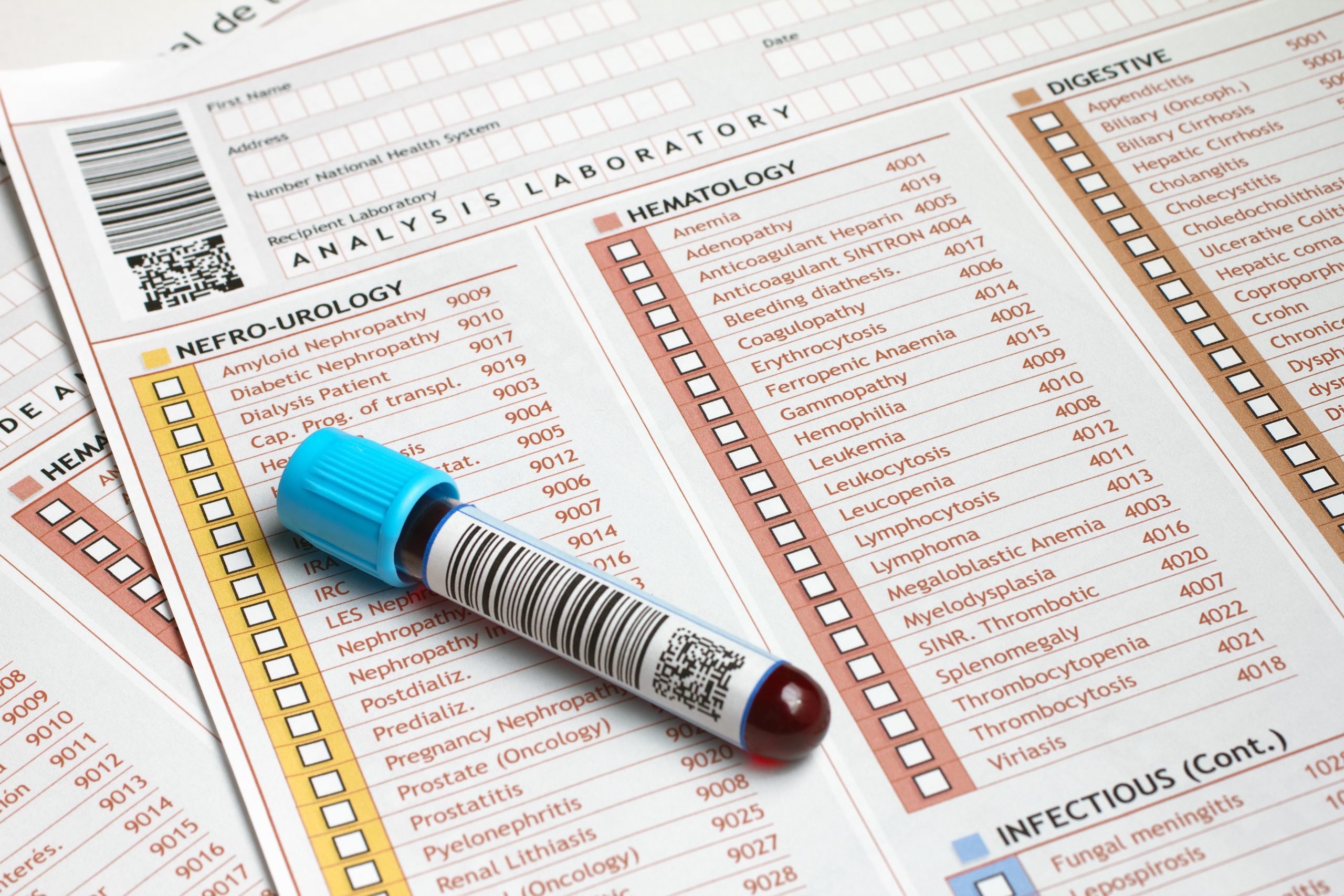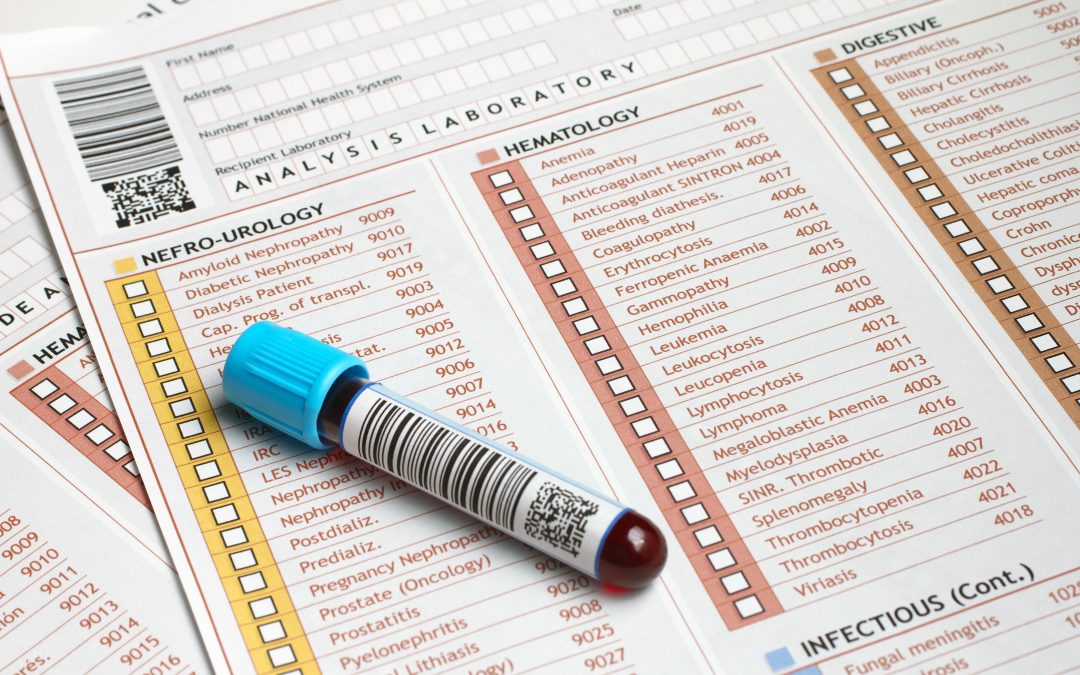
When you have a chronic health condition, managing your health can feel like a full-time job. There are doctor’s appointments to attend, medications to take, and lab results to interpret. It can be tough to keep everything straight, especially when you’re managing it all on your own. That’s why it’s important to have a system in place for reviewing and understanding your lab results. Here’s a step-by-step guide for how to discuss blood reports in a telemedicine visit with your doctor.
Many patients with chronic health conditions require regular blood tests to monitor their condition. However, blood tests can be difficult to interpret without the help of a medical professional. So, how can you make sure that you are getting the most out of your telemedicine visit when discussing your blood reports? Here are a few tips:
Key Takeaways
- Before your visit, request a copy of your blood report from your doctor or medical facility. This will allow you to have the report in front of you when discussing it during your telemedicine visit.
- Be prepared to discuss any changes in your symptoms that may have occurred since your last blood test. This information will help your doctor interpret the results of your blood tests.
- Ask questions! Don’t be afraid to ask your doctor to explain anything that you don’t understand about the results of your blood tests. It is important that you understand how the results of your blood tests relate to your overall health condition.
Recommendations:
Make a list of questions ahead of time.
Before your appointment, take some time to review your bloodwork results and make a list of questions for your doctor. Having your questions written down will help you make the most of your appointment time and ensure that you don’t forget anything important. Some good questions to ask include:
- What do my results mean?
- Are there any red flags?
- What kind of follow-up is necessary?
- What are our next steps?
Review your results with your doctor.
During your telemedicine visit, review your bloodwork results with your doctor line by line. Ask them to explain anything that you don’t understand and feel free to take notes. It can be helpful to have someone else present during the appointment so they can take notes for you if needed.
Develop a plan moving forward.
Once you’ve reviewed all of your results, it’s time to develop a plan moving forward. Based on what you’ve learned from your discussion with the doctor, what changes do you need to make? What new medications do you need to start taking? What follow-up appointments do you need to schedule?
Make sure that you leave the appointment with a clear understanding of what needs to be done and when it needs to be done.
Follow up as needed.
Finally, don’t forget to follow up as needed—whether that means scheduling another appointment or simply checking in with your doctor via email or phone call.
Staying on top of your health is a team effort, so make sure that you’re doing your part by staying in communication with your care providers.
Conclusion
Blood tests can be an important tool in monitoring chronic health conditions. However, they can also be difficult to interpret without the help of a medical professional.
When discussing blood reports during a telemedicine visit, be sure to request a copy of the report ahead of time, come prepared with any changes in symptoms, and ask plenty of questions. By following these tips, you can be sure that you are getting the most out of your telemedicine visit when discussing blood reports.

BLOG AUTHOR
Dr. Ismail Sayeed
Dr. Sayeed is the Medical Director of ViOS, Inc. He is a deeply committed physician entrepreneur & medical blog writer. While building the global infrastructure of the VIOS Clinic, he is dedicated to educate people on the potential of specialist telemedicine for managing chronic diseases.
Read more about him in his author bio

